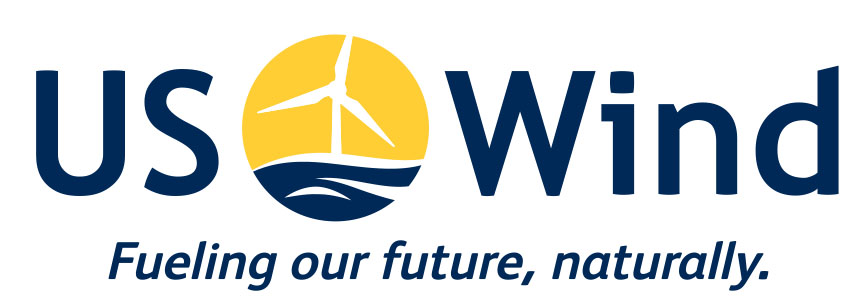Stronger winds: Offshore wind investments continue to grow—set to reach $1 trillion by 2040, says IEA
Offshore wind power will expand impressively over the next two decades, boosting efforts to decarbonise energy systems and reduce air pollution as it becomes a growing part of electricity supply, according to the International Energy Agency (IEA).
The Offshore Outlook 2019 study is the most comprehensive study of its kind, which combines the latest technology and market developments with a specially commissioned new geospatial analysis that maps out wind speed and quality along hundreds of thousands of kilometres of coastline around the world.
“In the past decade, two major areas of technological innovation have been game-changers in the energy system by substantially driving down costs: the shale revolution and the rise of solar PV,” said Fatih Birol, the IEA’s Executive Director. “And offshore wind has the potential to join their ranks in terms of steep cost reduction,” he added.
The study finds that the offshore wind industry is set to reach a $1 trillion growth by 2040, with global capacity set for a 15-fold increase, thanks to falling costs, supportive government policies and technological progress, including larger turbines and floating foundations. In 2019, investments hit $20 billion, and that the market is expected to grow by 13% annually, “passing 20 GW of additions per year by 2030.” At present, global offshore wind capacity currently stands at 23 GW, 80% of which is based in Europe, and has the potential to increase to almost 130 GW by 2040, as long as the current policy is maintained.
“Offshore wind currently provides just 0.3% of global power generation, but its potential is vast… More and more of that potential is coming within reach, but much work remains to be done by governments and industry for it to become a mainstay of clean energy transitions,” Birol added.
